For today, I had booked a (small) tour through the hostel. The Midgard Surprise is what it sounds like, the guide picks a route based on weather, road conditions, expertise, and whim. Today’s was to Gígjökull, Þórsmörk then a couple of waterfalls.
According to Discover Iceland, Gígjökull is a 7.5 km long crater glacier and one of the outlets from the glacier volcano Eyjafjallajökull, famous its eruption in 2010 that wrought havoc with air traffic as well as being difficult for non-Icelanders to pronounce. (I’m told that it sounds like “Hey I forgot the yogurt” if spoken very quickly.)
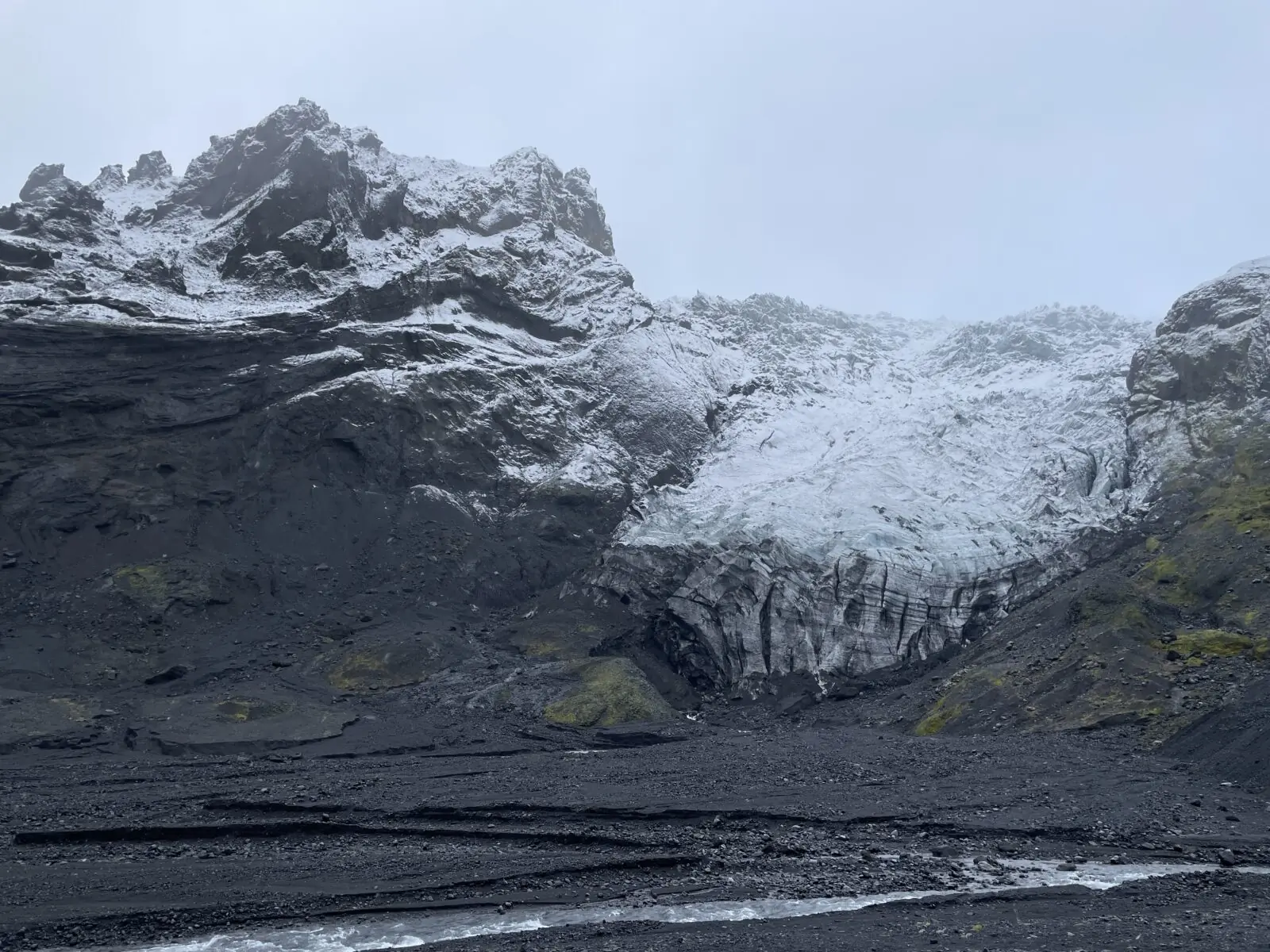
The area has undergone a lot of change. 100 year ago, the glacier covered this entire area. 20 years ago, the melting caused a large lake to form. Then in 2010, when the eruption occurred, the lake was filled with tephra and ash. In other words, there’s no longer a lake there. Thus, the sign is apropos.
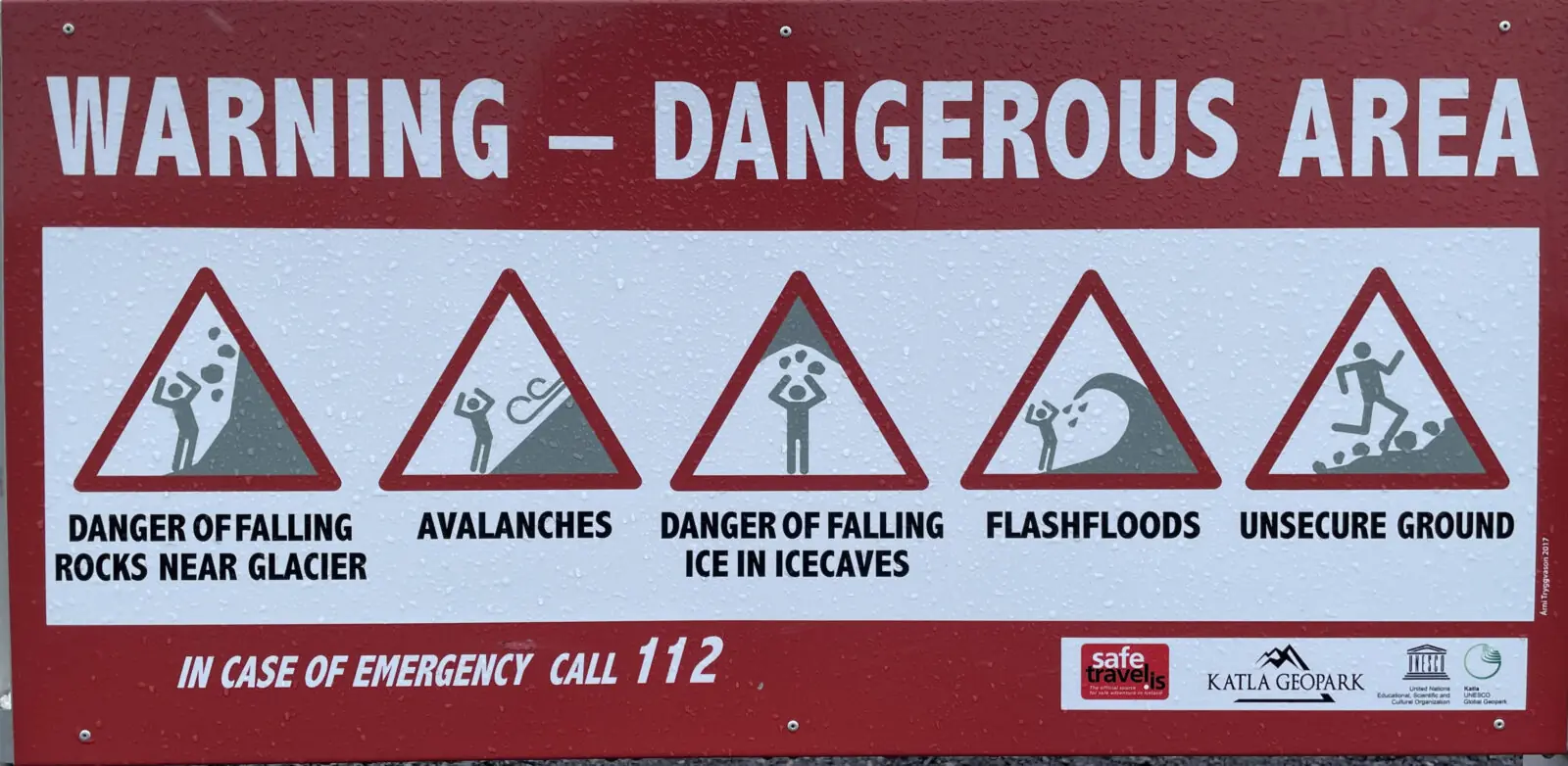
We did a relatively short (~20 minute) hike around the area before piling back into the truck to head to the Þórsmörk Volcanic Huts to use the toilets, walk through a small forest, and, later, have lunch back at the Volcanic Huts. (Sadly, they did not have Þórsmörk Volcanic Huts t-shirts available.)
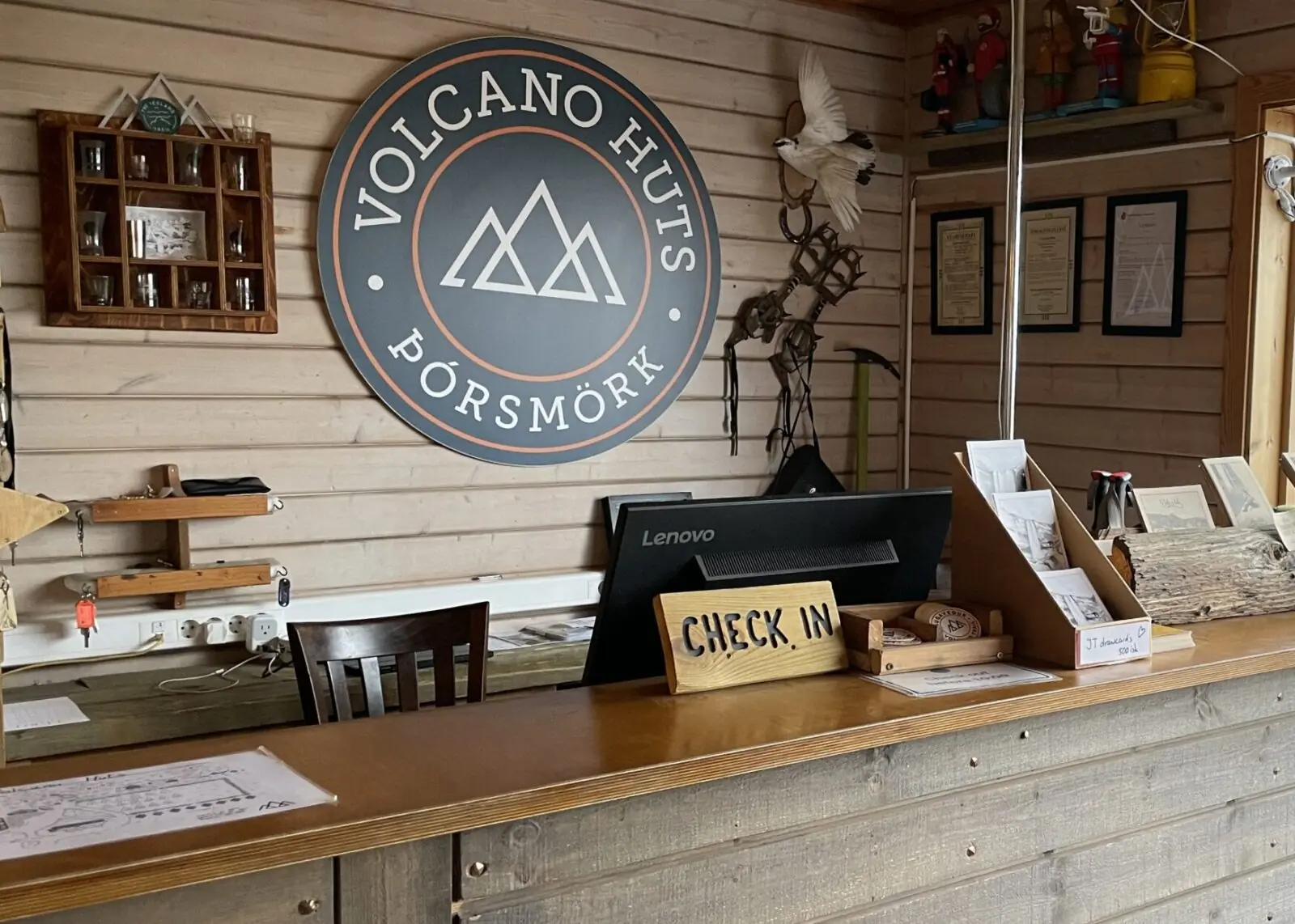
One of my first impressions of Iceland was the lack of trees. Apparently the Viking settlers cut them all down for fuel and building things. There are efforts to replant them, but those will take time. This area near Þórsmörk is one of the lusher areas, very pretty with a trail running between trees.
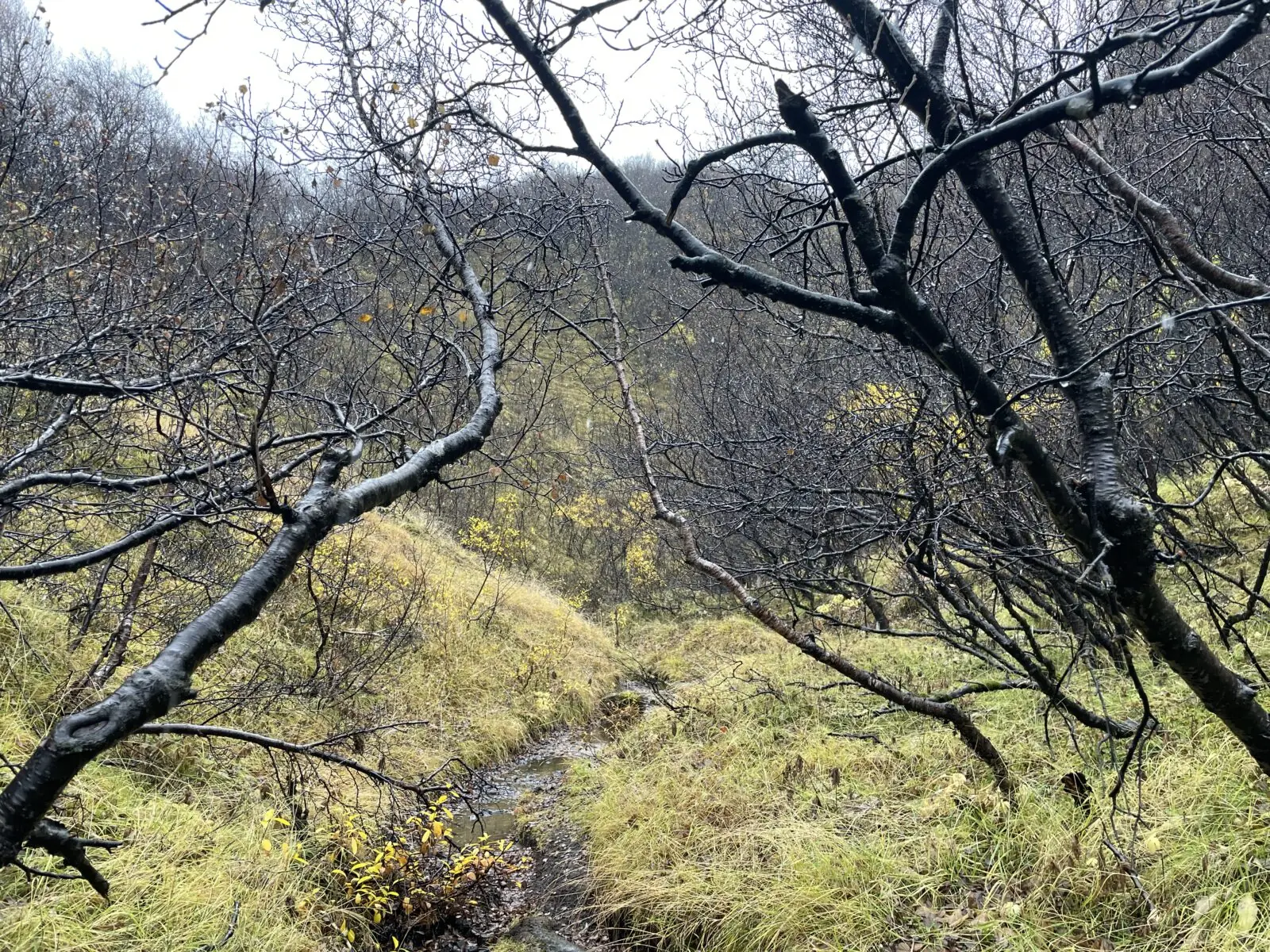
After doing this short jaunt, we had lunch, then piled into the vehicle to go to the next waterfall, name not given. We parked at N 63 40.244 W 19 33.195 and walked through a canyon that eventually turned into a gap between rocks where, inside, there was a waterfall.
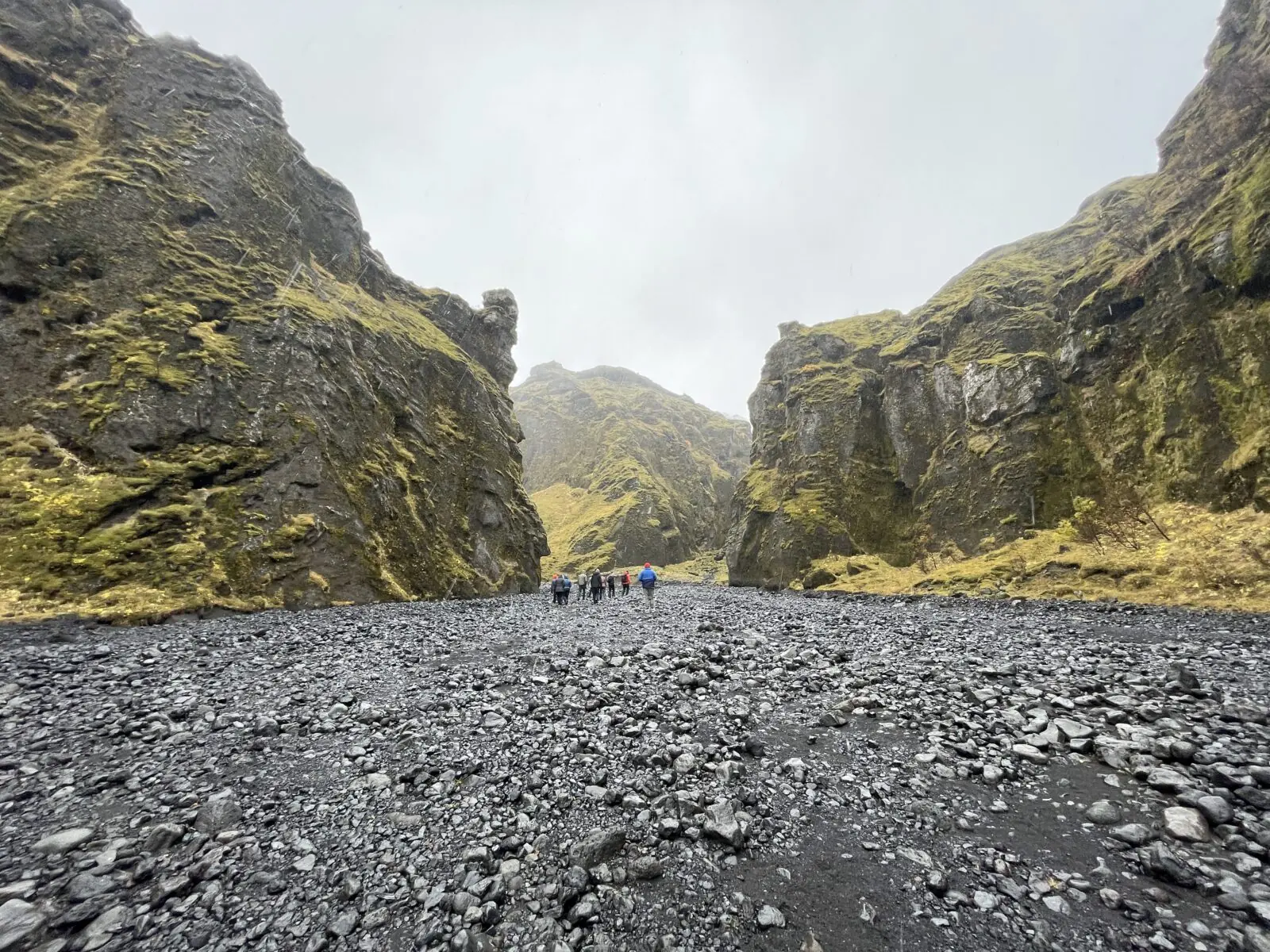
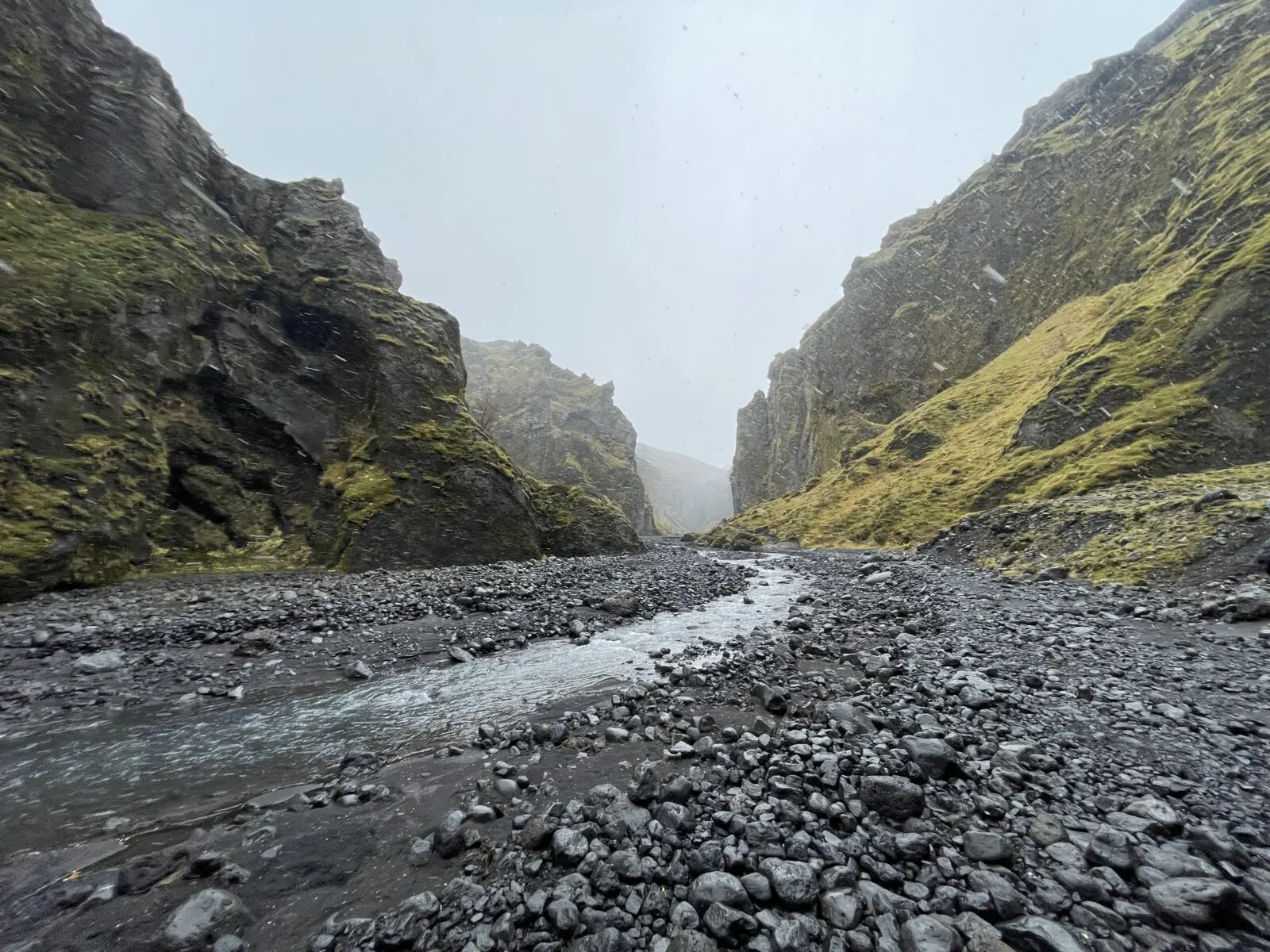
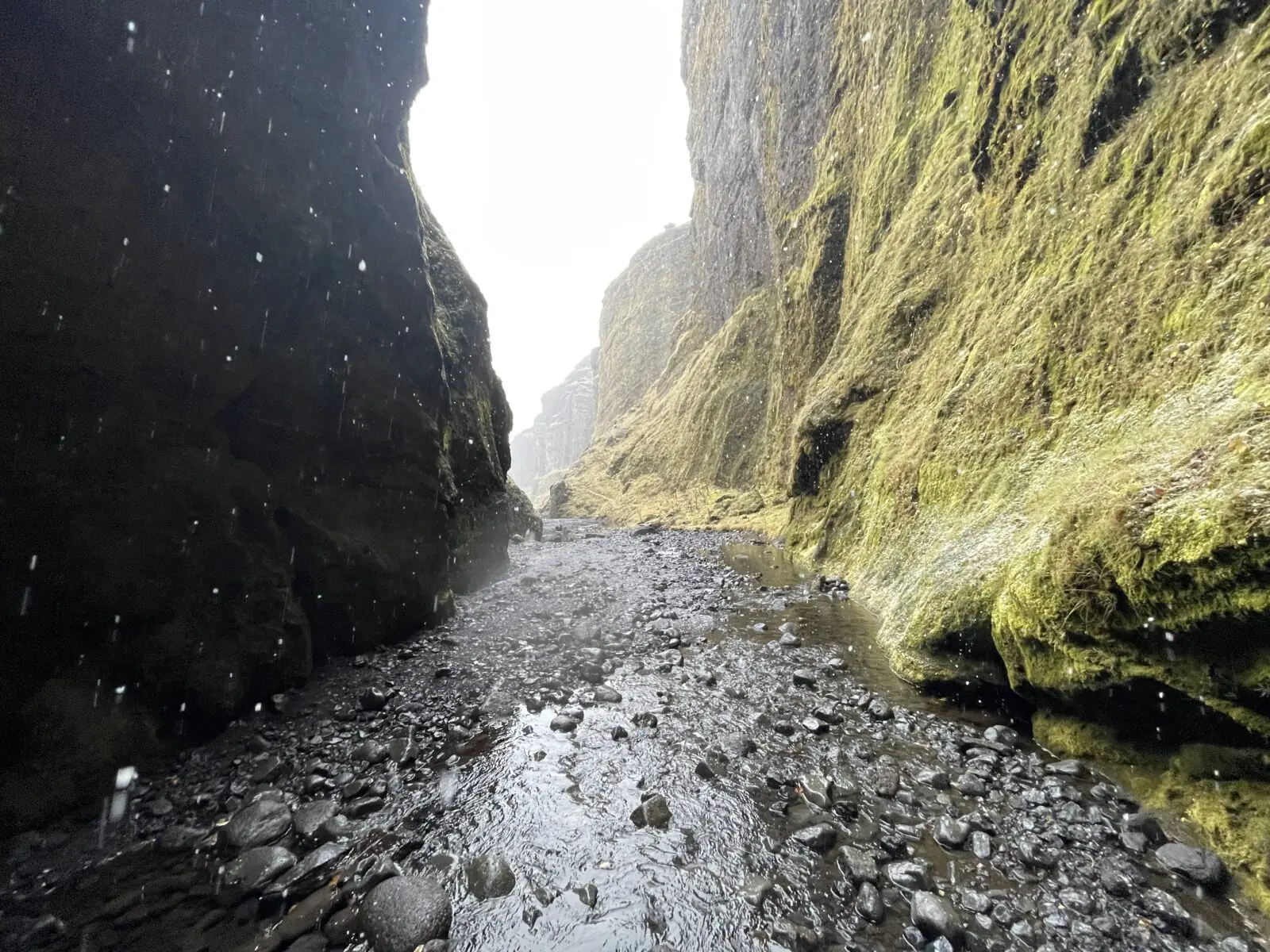
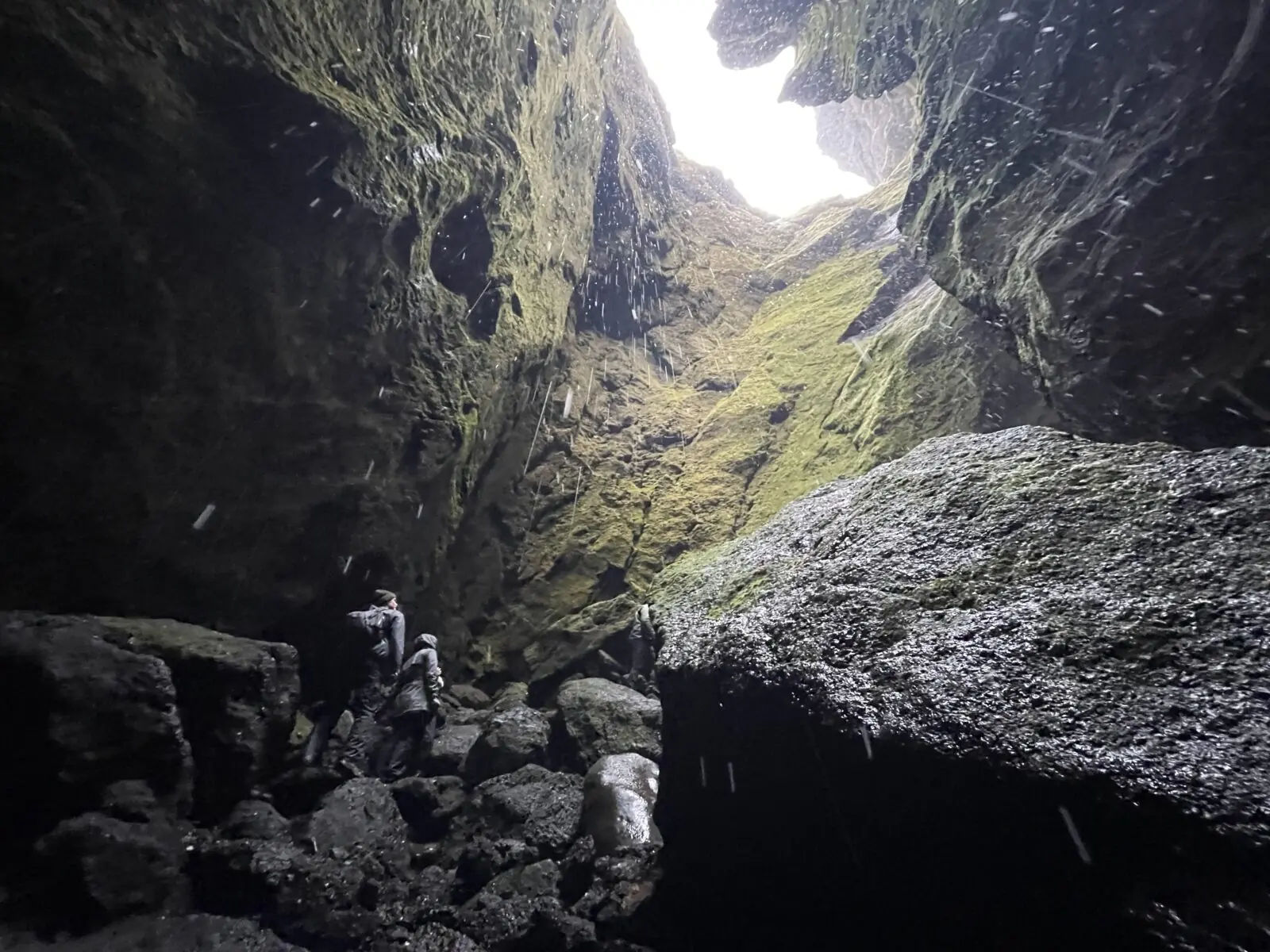
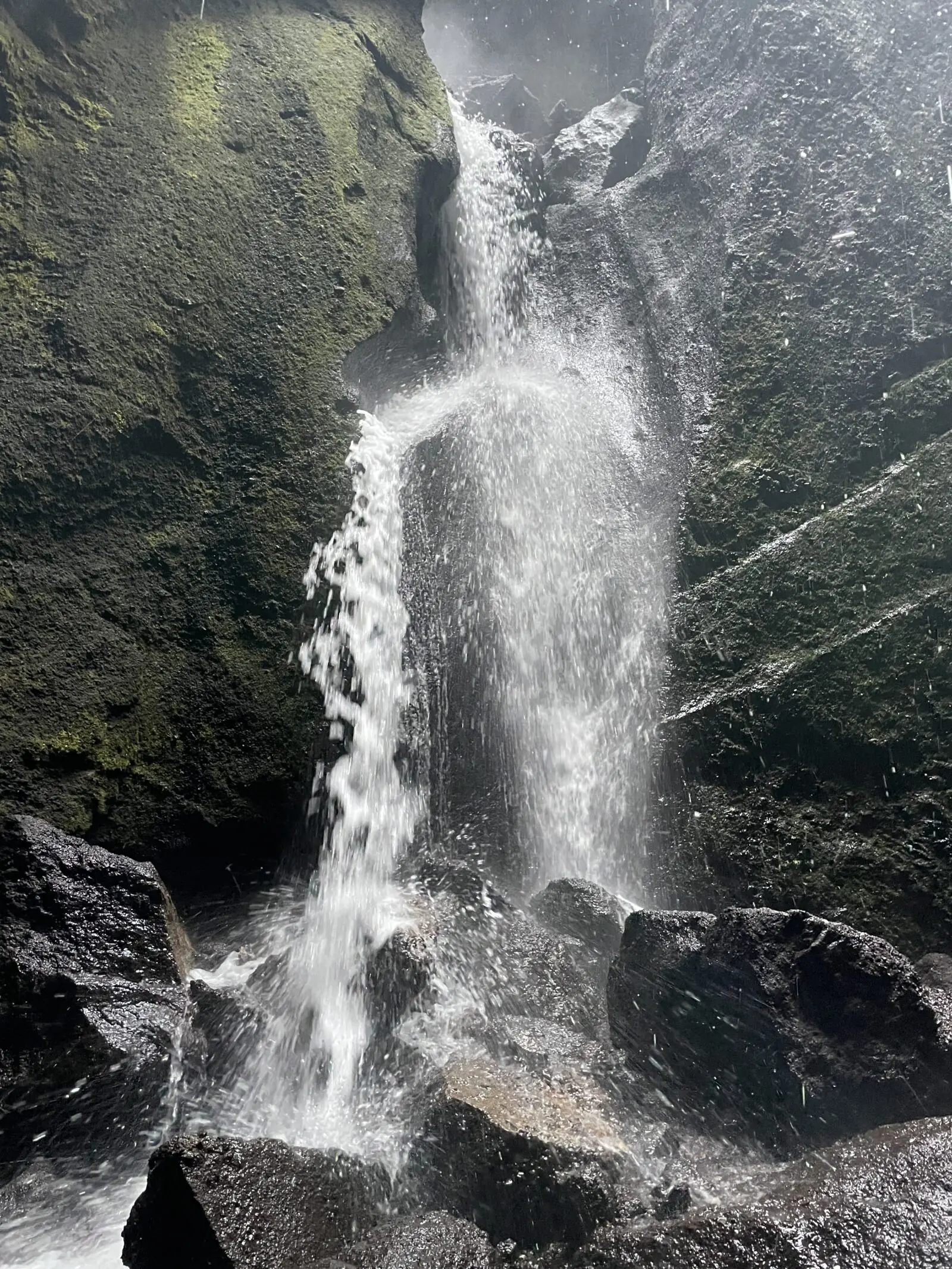
After an hour or so here, we went to a different, unnamed area near N 63 40.163 W 19 44.194. This was my favorite of the day, with a very scenic walk up, gorgeous view at the end, and being able to watch the family of three sheep grazing on the hillside. (Zoom into the big photo, follow the crack left from the falls to the three white puffy things.)
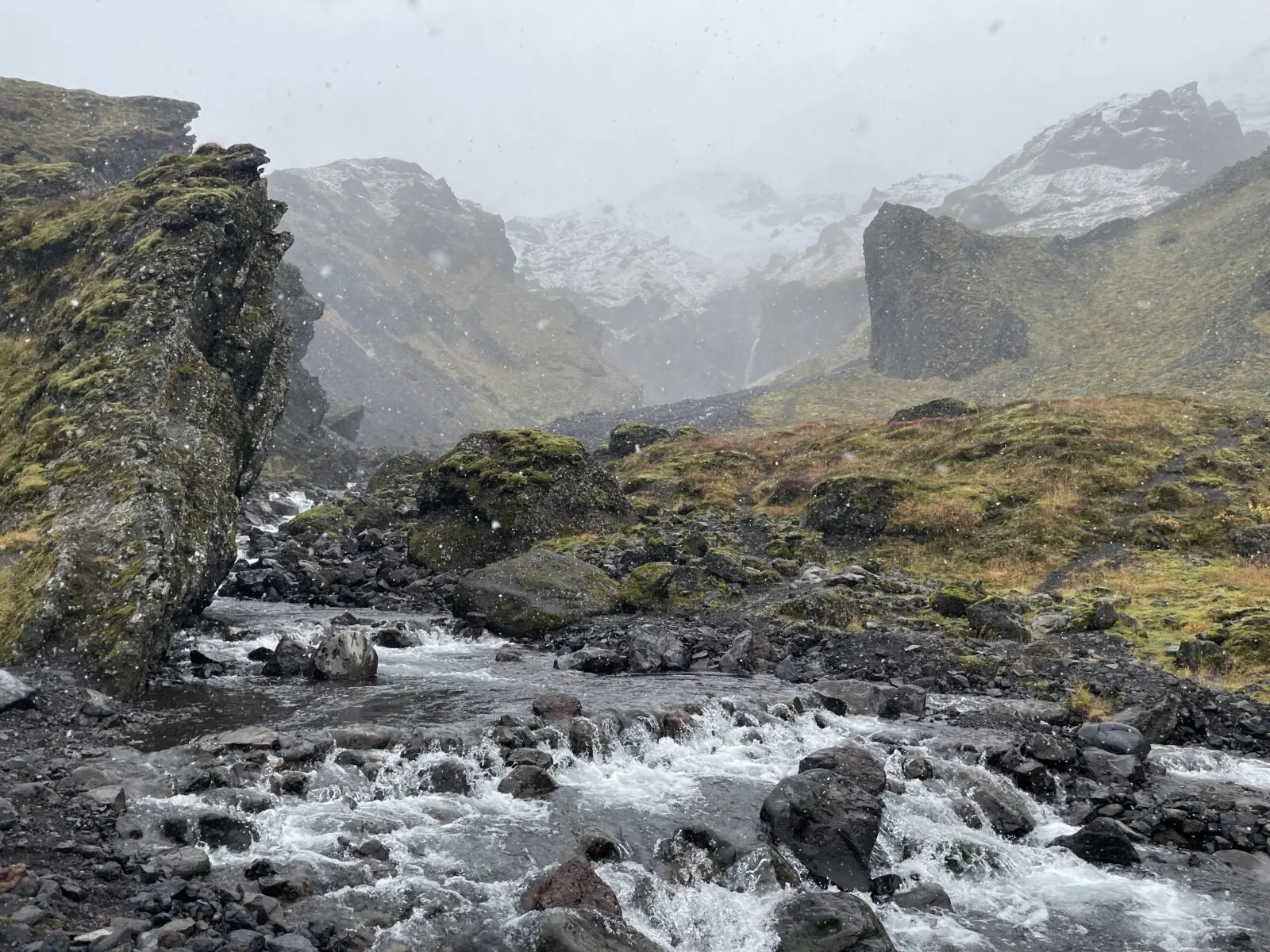
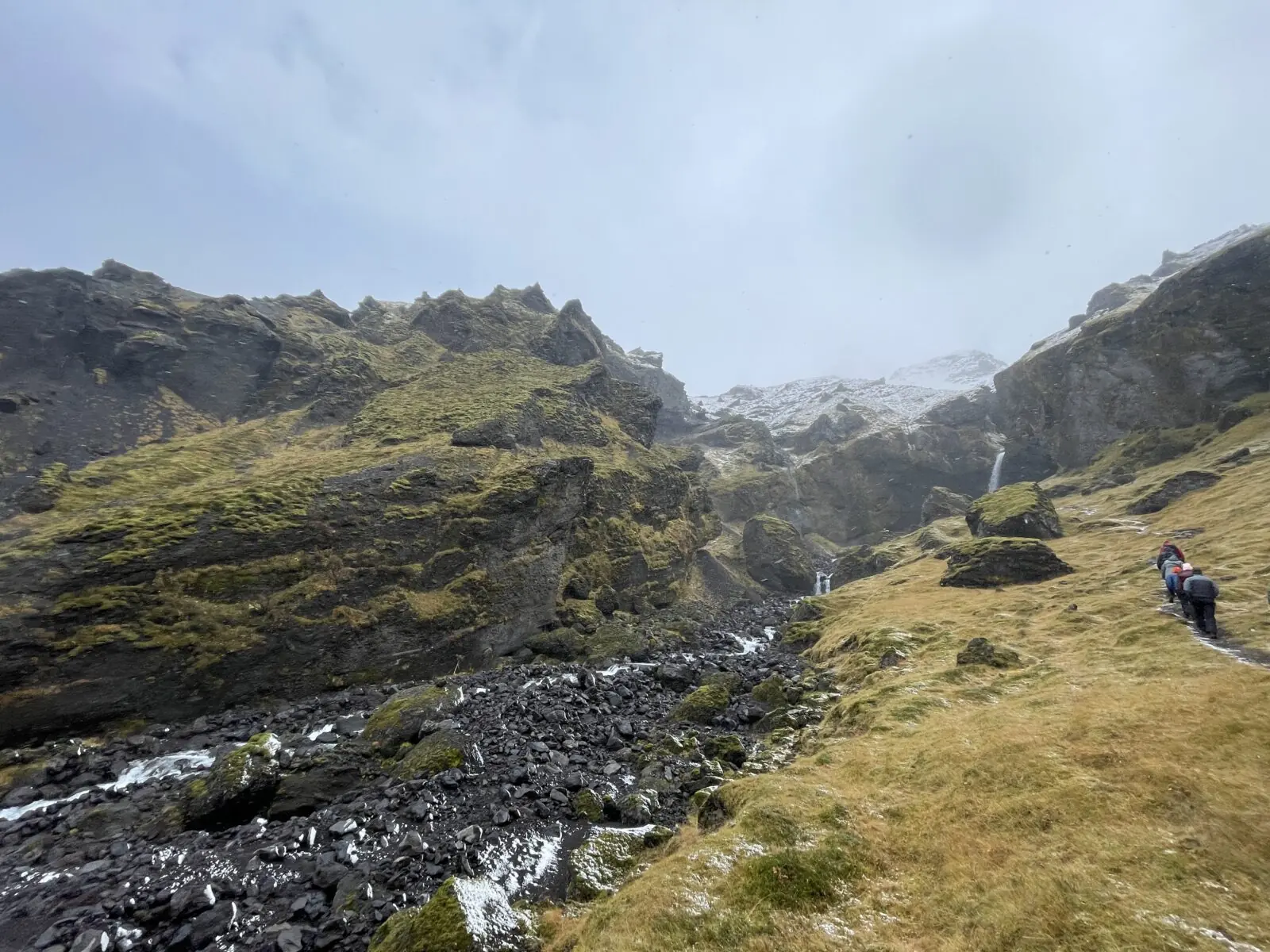
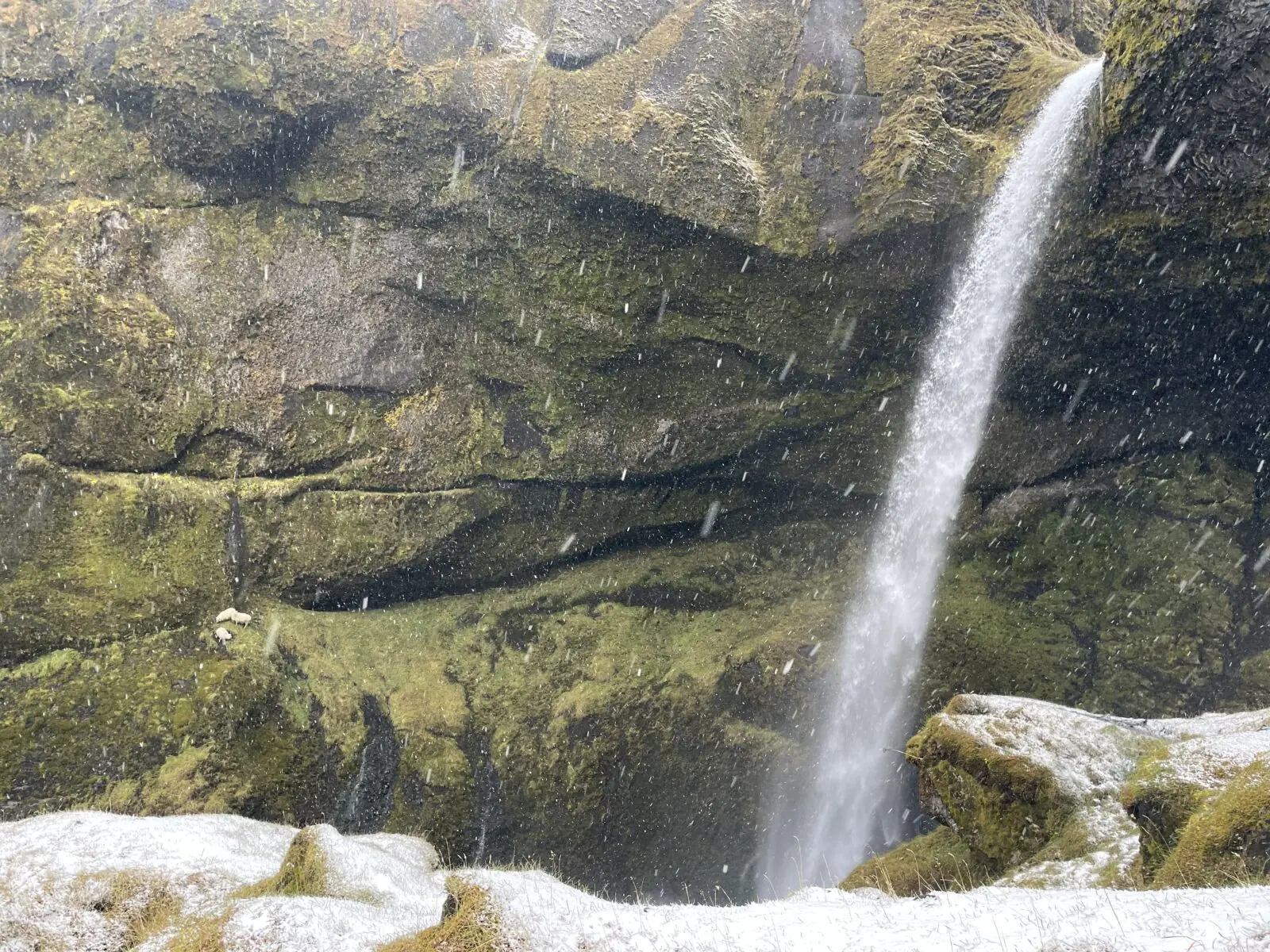
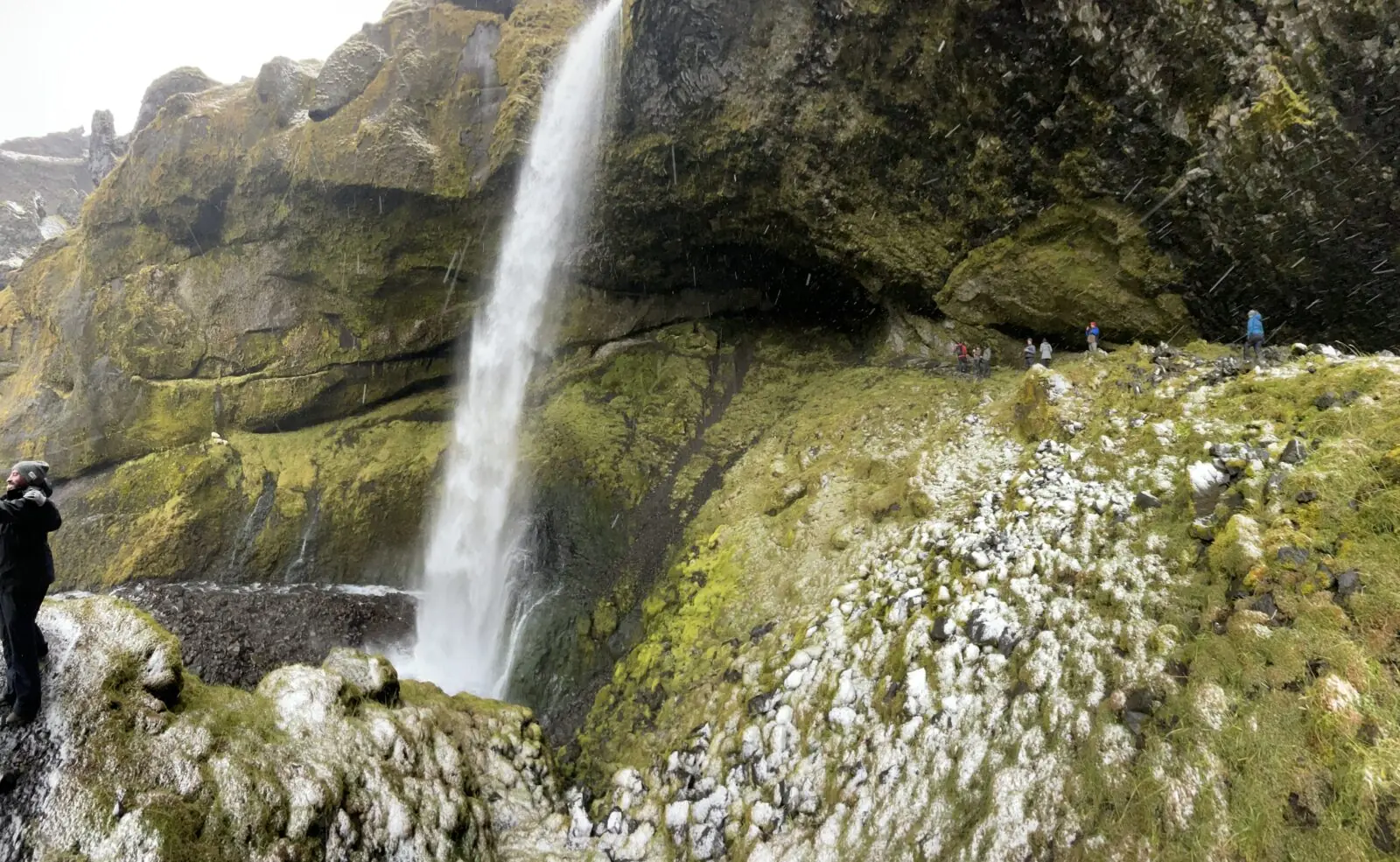
The vehicle they used to transport us is a Mercedes Sprinter 519 Bluetec 4×4 (6-speed manual) that can hold 13 people, including the driver, plus some payload. At various points on the trail, he adjust the tire pressure to be more suitable for the terrain. For example, low pressure would be good for traction or going over a rutted gravel road, while high pressure would be more appropriate for highway. On each wheel, there is a hose connecting the fender to the center of the wheel.
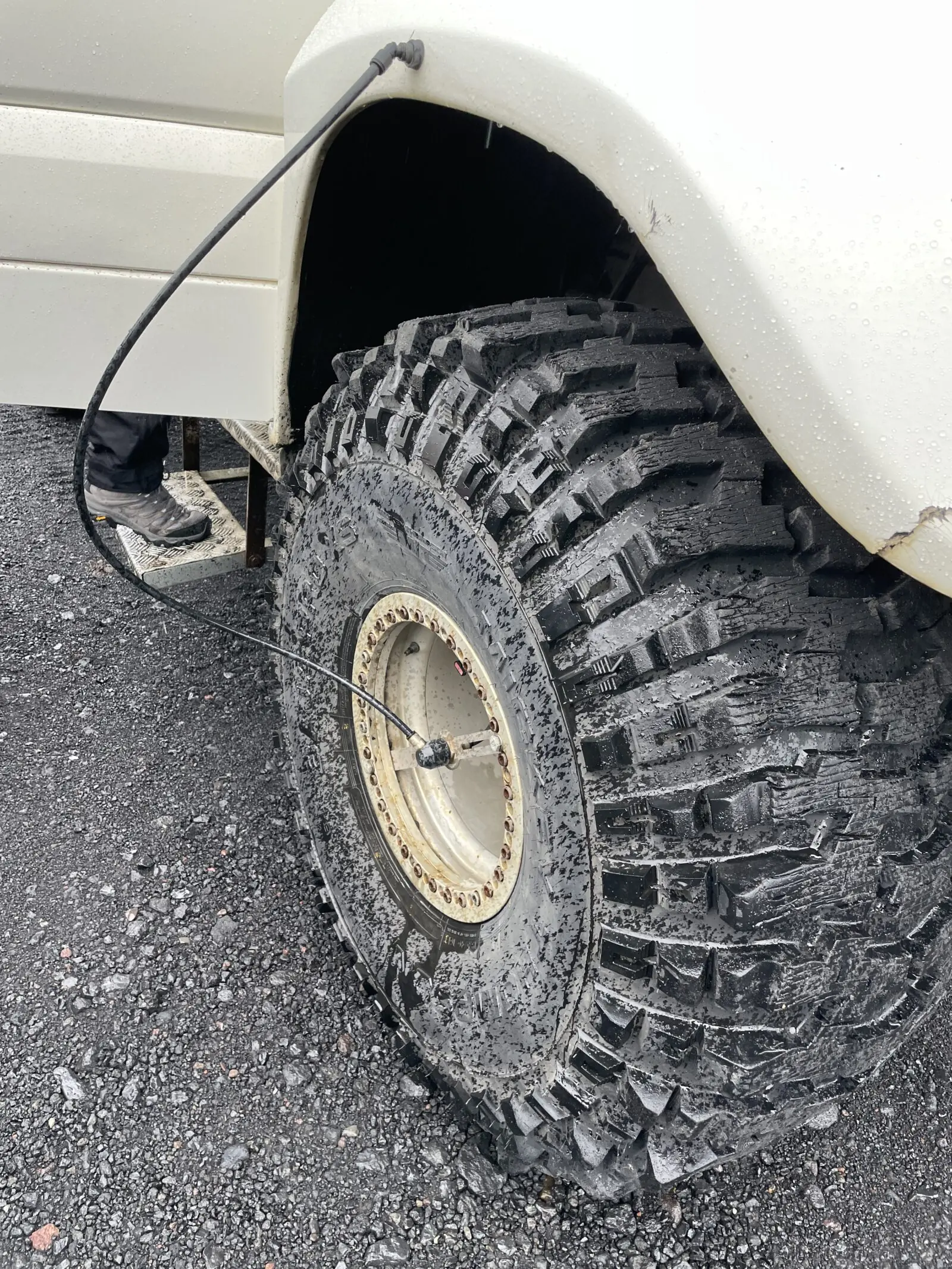
Bonus for reading this far: the cover photo shows some fairy houses along the forest trail at Þórsmörk.
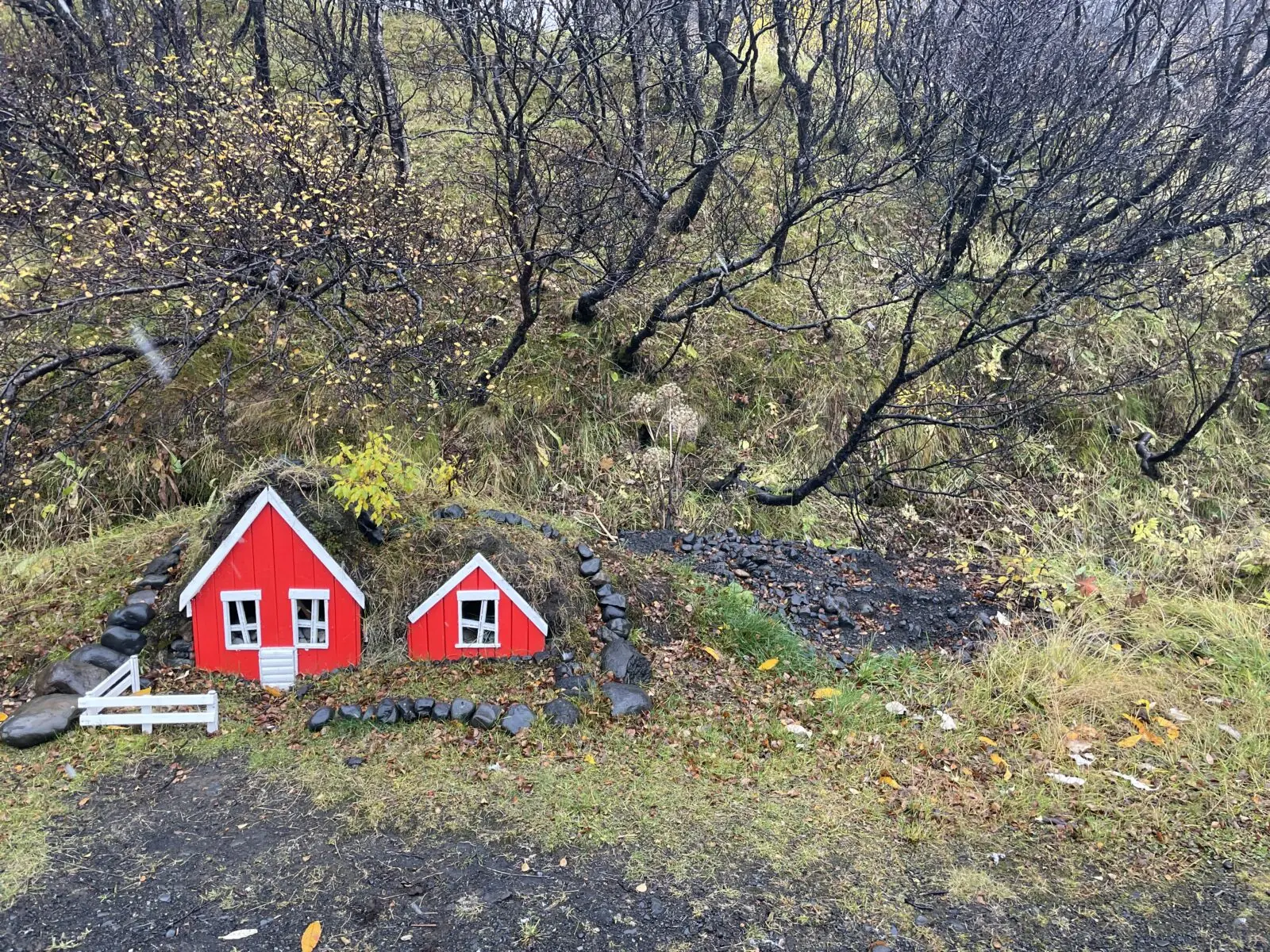
Love the scenery, but being able to control your tire inflation to suit current conditions? That’s absolutely awesome 🙂